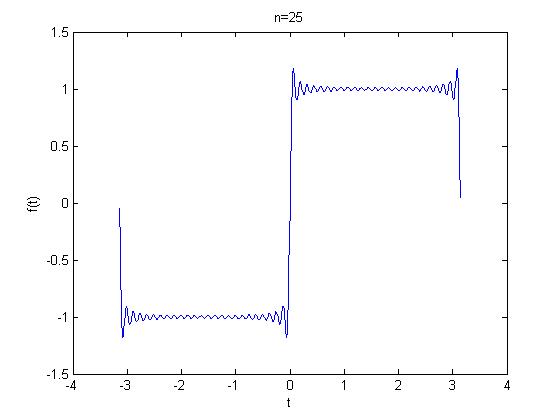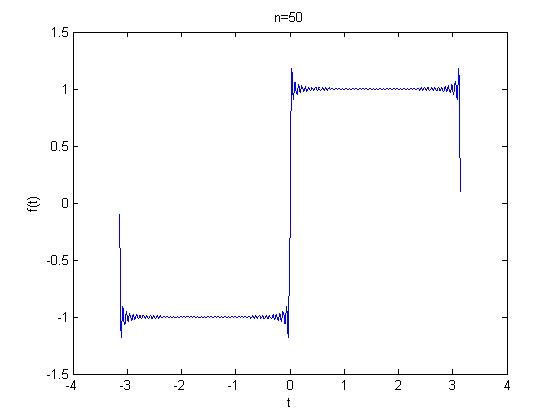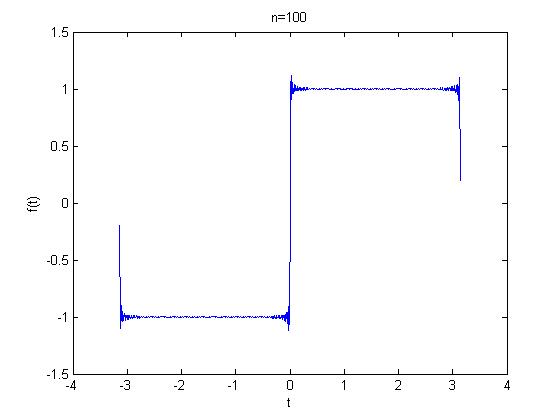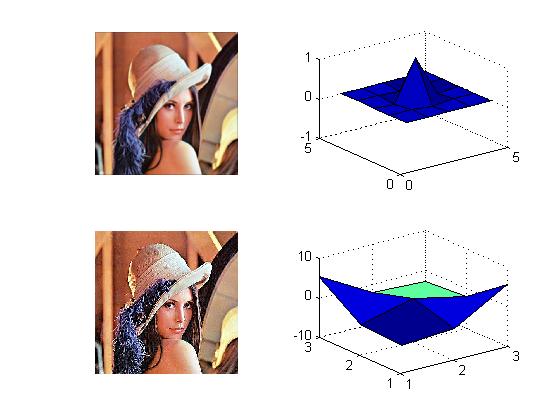| Line 3: | Line 3: | ||
'''1.Impulse response'''<\n> | '''1.Impulse response'''<\n> | ||
| − | Joseph Fourier first represented Fourier integral theorem in the following DOE:< | + | Joseph Fourier first represented Fourier integral theorem in the following DOE: |
| + | <br> | ||
[[Image:DOE1.jpg]][1] | [[Image:DOE1.jpg]][1] | ||
| − | Which is then introduced into the first delta function as following:< | + | Which is then introduced into the first delta function as following: |
| + | <br> | ||
[[Image:DOE2.jpg]][1] | [[Image:DOE2.jpg]][1] | ||
| − | And the end end up with what mathematicians called Dirac delta function:< | + | And the end end up with what mathematicians called Dirac delta function: |
| + | <br> | ||
[[Image:DOE3.jpg]] [1] | [[Image:DOE3.jpg]] [1] | ||
[[Category:Fourier series]] | [[Category:Fourier series]] | ||
| + | <br> | ||
'''2.Fourier series''' | '''2.Fourier series''' | ||
| Line 28: | Line 32: | ||
[[Image:figrelena.jpg]] | [[Image:figrelena.jpg]] | ||
| + | <br> | ||
[[ECE301bonus2|Back to the 2nd bonus point opportunity, ECE301 Spring 2013]] | [[ECE301bonus2|Back to the 2nd bonus point opportunity, ECE301 Spring 2013]] | ||
Revision as of 11:30, 11 March 2013
1.Impulse response<\n>
Joseph Fourier first represented Fourier integral theorem in the following DOE:
![]() [1]
Which is then introduced into the first delta function as following:
[1]
Which is then introduced into the first delta function as following:
![]() [1]
And the end end up with what mathematicians called Dirac delta function:
[1]
And the end end up with what mathematicians called Dirac delta function:
The input x(t) is a function with a fundamental period x(t)= 1 from x= 0 to 1 and f(x)= -1 to 0, with a discontinuity at x=0. The following graphs from matlab represents Gibbs phenomena, as n increases the overshot decreases.
The upper is the Gaussian filter, while bottom is the unsharp.






